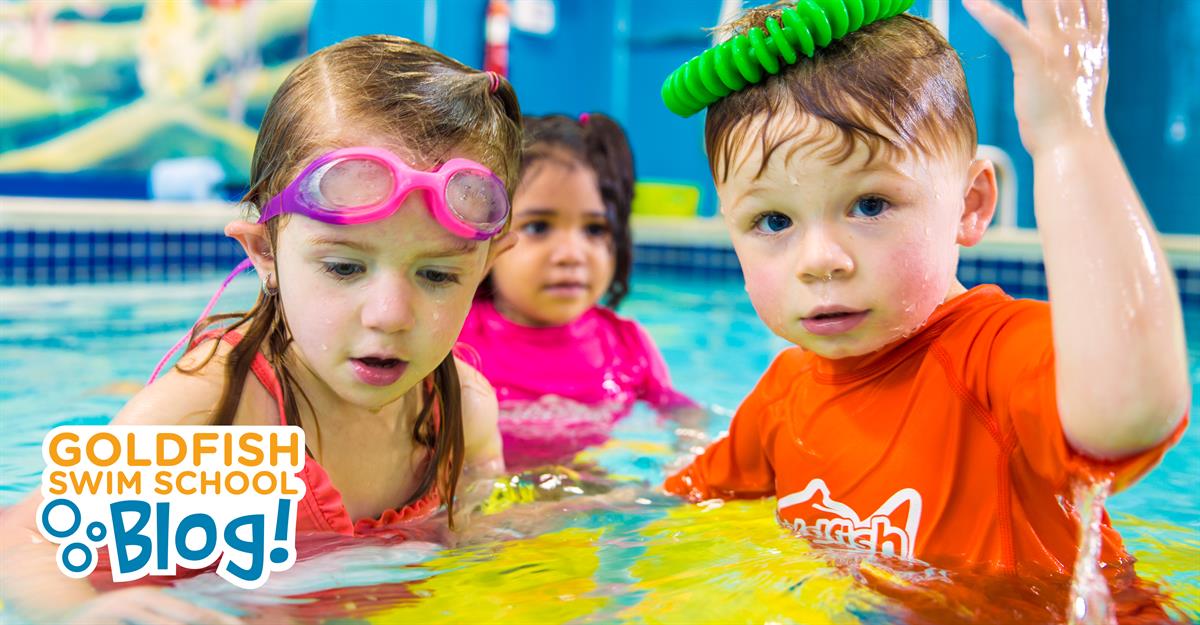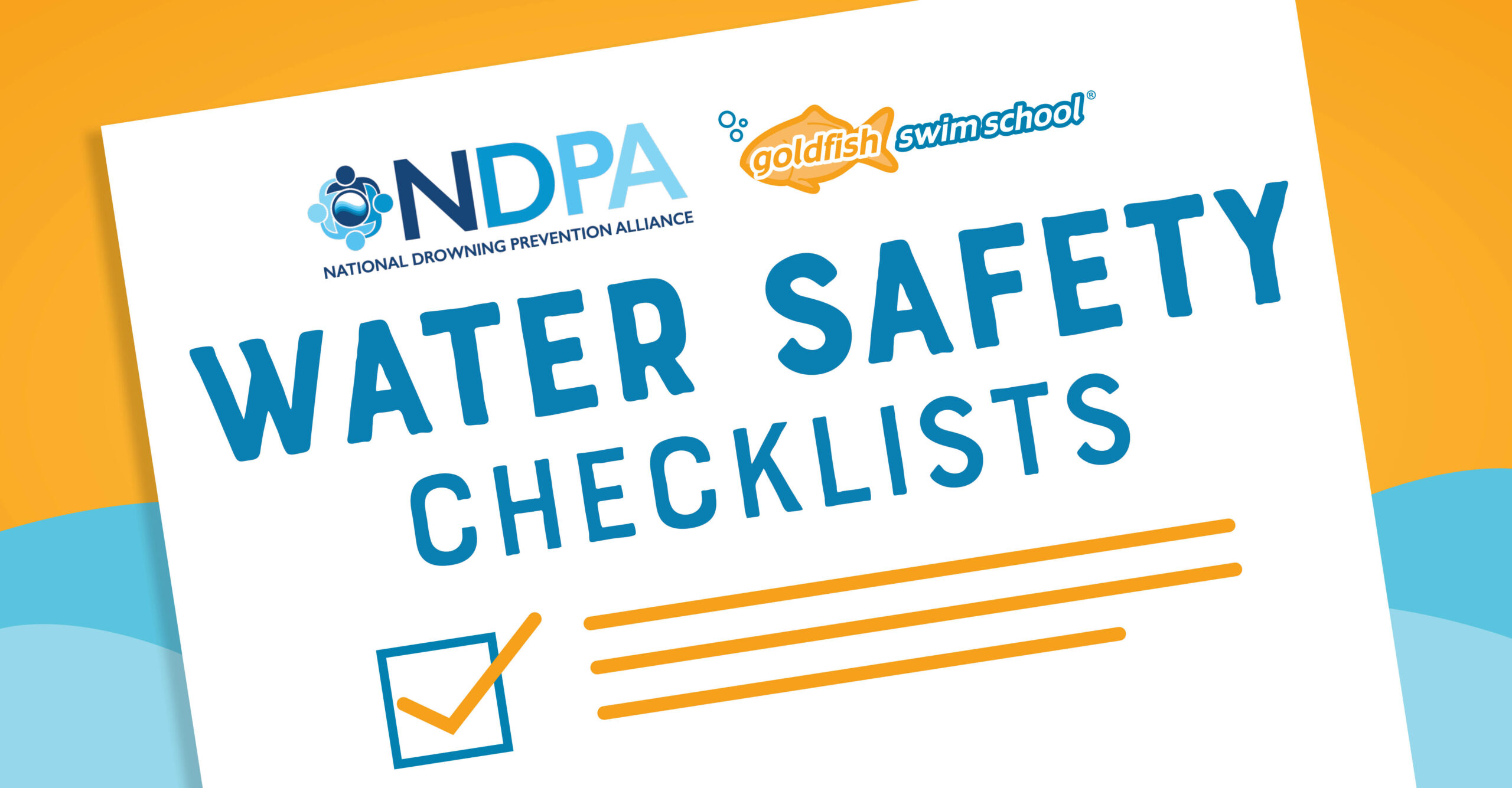10 Ways Goldfish Swim School Helps Kids with Sensory Disorders Learn to Swim

A child with sensory processing disorder feels too much or too little. Imagine that wool hat that your grandmother bought you as a child or your sock falling off in your boot. These sensations can extremely bother a typical person. For a child with sensory issues, a cotton T-shirt can feel that way — all the time. They can also experience hyper or hypo-sensitivities in different areas of their senses including touch, taste, sight, smell and sound. A child with SPD can’t just shut off those sensitivities and they can become extremely overwhelming.
So how does a child with sensory processing disorder have a GOLDEN experience swimming, when it can cause sensory overload? At Goldfish Swim School we are here to help kids with special needs learn to swim in several ways. Here are some of our techniques. Read on:
1. Heated pools
Our water temperature is always set at a comfortably warm 90 degrees, so there is no sudden temperature change upon jumping in. There is no shivering or purple lips when you are at Goldfish!
2. Heated air temp
When getting out of the pool, there’s no worry about being cold in a bathing suit or getting goosebumps since the air temp on our pool deck is also 90 degrees!
3. Goggles
Having water splashed in your face can be annoying for anyone, but kids with sensory difficulties can fear the sensation — that’s why everyone wears goggles during swim lessons at Goldfish Swim School, since everyone benefits from learning how to swim correctly.
4. Swim caps and ear plugs
Sometimes you can’t always predict what will affect a child with sensory issues. At our Treasure Island Pro Shop, inside each Goldfish Swim School, parents can purchase swim caps, ear plugs, swimsuits, goggles and other needed items.
5. Time to process
We know that it takes time to get used to the water, other kids in class, and a variety of other things during swim lessons. Our instructors use integrity, compassion, and trust to help children process this new environment.
6. Taking cues from the child
In that same way, our instructors follow the child’s lead. We watch for cues to see if your child is ready for the next step or lesson. We gently encourage and also celebrate every milestone — no matter how small.
7. Small class size
In the Junior swim levels at Goldfish Swim School, the class size is 4:1. That gives instructors the time to spend with each child, working through any concerns while teaching swimming skills.
8. Breaks
We are happy to accommodate children who need extra stimulation while waiting or that need breaks. If a student needs to regroup or use the restroom we are happy to assist as well. We also have strategies when children have difficulty waiting their turn when their classmate is swimming.
9. Making water safety fun
From a parent’s perspective, the most important part of learning to swim is learning water safety — which we incorporate into each and every lesson, in a fun, engaging way, so all kids can learn to be safer in and around the water.
10. Safe, calm environment
We work with parents and kids to overcome many aspects of sensory processing disorder so kids can learn to swim in a fun, safe, calm environment, full of understanding, so you can see extraordinary results!
Check out Goldfish Swim School
Stop in one of our locations near you and talk to us about how we can help your child learn to swim. With our WOW! customer service, you’ll be excited to start swim lessons today.



